Stay Ahead of the Curve
Latest AI news, expert analysis, bold opinions, and key trends — delivered to your inbox.
Open source challengers to OpenAI's multimodal GPT-4V
6 min read OpenAI's GPT-4V is a true all-rounder! This multimodal AI powerhouse handles text, languages, creativity, questions, images, and videos like a pro October 19, 2023 06:04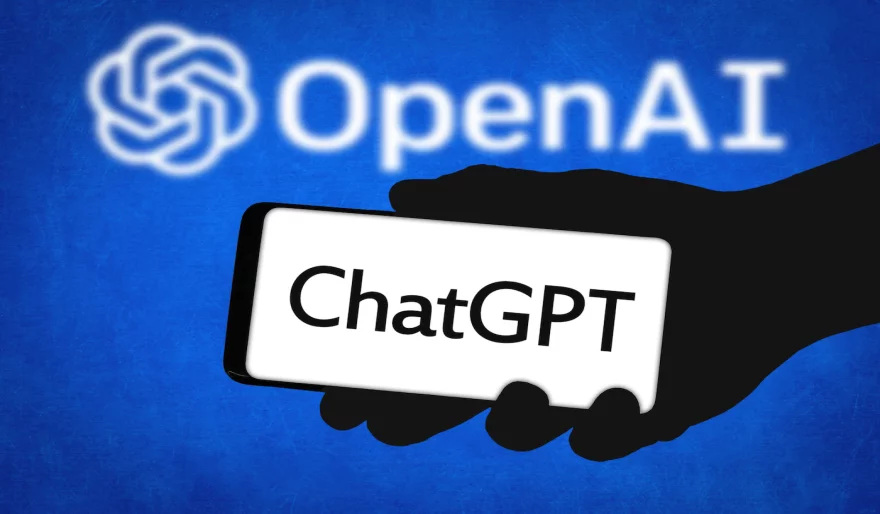
OpenAI's GPT-4V is a multimodal AI model that can generate text, translate languages, write different kinds of creative content, and answer your questions in an informative way. It can also generate images and videos.
However, GPT-4V is not open source, meaning that its code is not available for public inspection or modification. This has led to some concerns about the transparency and accountability of the model.
To address these concerns, two open source challengers to GPT-4V have emerged: LLaVA-1.5 and MiniGPT-4.
LLaVA-1.5
LLaVA-1.5 is an improved version of LLaVA, an open source multimodal AI model developed by a Microsoft-affiliated research team. LLaVA-1.5 combines a component called a "visual encoder" and Vicuna, an open source chatbot based on Meta's Llama model, to make sense of images and text and how they relate.
MiniGPT-4
MiniGPT-4 is an open source multimodal AI model developed by Stability AI, a startup that focuses on AI-powered creative tools. MiniGPT-4 is based on GPT-4, but it is smaller and faster, making it more accessible to users with less powerful hardware.
Benefits of open source multimodal AI models
Open source multimodal AI models have several benefits over proprietary models like GPT-4V. First, they are more transparent and accountable. Because the code is open source, anyone can inspect it to see how the model works and to identify any potential biases. Second, open source models are more accessible to researchers and developers. Anyone with the necessary skills can contribute to the development of open source models or use them to build their own applications. Third, open source models are more likely to be adopted by a wider range of users, including those in academia, industry, and the public sector.
Conclusion
LLaVA-1.5 and MiniGPT-4 are two promising open source challengers to OpenAI's GPT-4V. While they are still under development, they have the potential to democratize access to multimodal AI and to accelerate the development of new and innovative applications.
Here are some examples of how open source multimodal AI models could be used:
- To create educational tools that help students learn about complex topics in a more engaging and interactive way.
- To develop new tools for creative professionals, such as writers, artists, and designers.
- To create new products and services that make our lives easier and more enjoyable.
The potential of open source multimodal AI models is vast. As these models continue to develop and improve, we can expect to see them have a major impact on a wide range of industries and sectors.
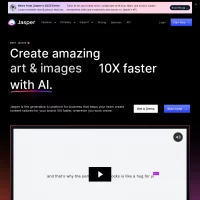
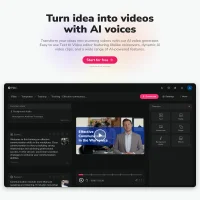
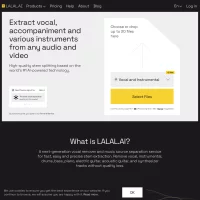
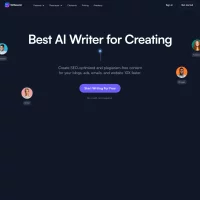
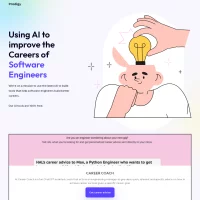




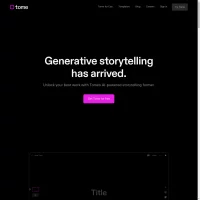
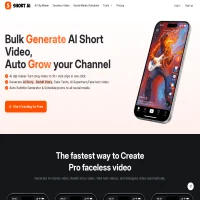
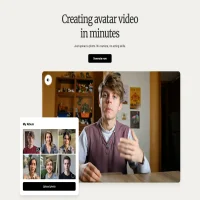

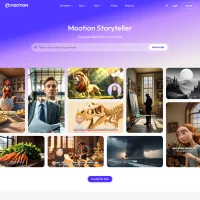
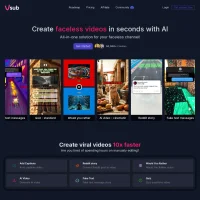


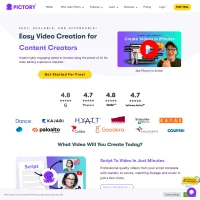

 AI Agents
AI Agents